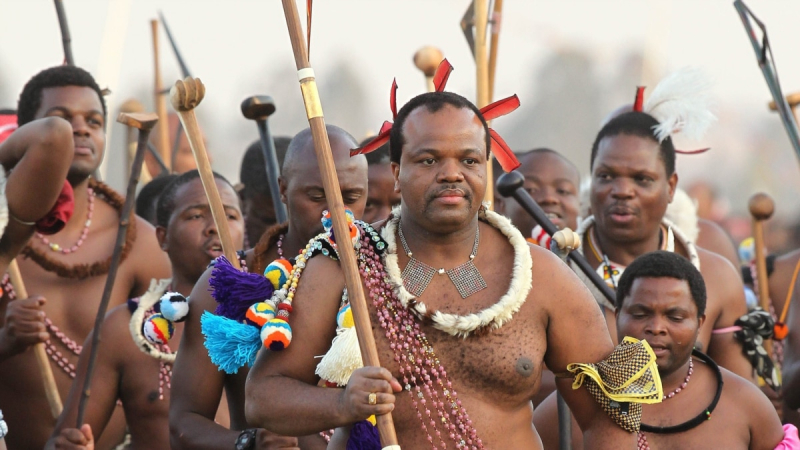The Family Unit
The "homestead" is the primary social unit in a patriarchal culture. The "headman" (male head of household) is the homestead's financial and social authority. The headman's hut and the huts of his extended family make up the homestead. The cattle byre, a circular area with a log perimeter, is located in the center of the homestead. The byre is the location of sealed grain pits, and its size is often used to indicate the wealth of the homestead.
Marriage is viewed less as a union of two individuals and more as a union of two families in many cultures around the world, where the community is more important than the individual. While polygamy was historically practiced in the region, the rise of Christianity as the majority faith has been associated with a decline in polygamous unions. The king, on the other hand, is still permitted to be in a polygamous union. Marriage between clans is forbidden. The inheritance pattern is patrilineal, and having children is considered an essential function of marriage.
Traditionally infants were not recognized as having personhood until they reached the 3-month milestone. Names were not bestowed on the infant and they were recognized as being “things” that were not associated with the males of the household. Following the successful completion of the 3-month milestone, infants were conferred personhood, but child-rearing remained an essentially female role. Women wore the children in slings and breastfed until the child weaned, typically around 3 or 4 years of age. At around that age was when children were no longer always by the female caregiver’s side and were introduced to their peer group. By age 6, children were separated into social groups by gender and their training for gender-conforming roles began. Much of this traditional way of living is changing but certain cultural rituals remain.








